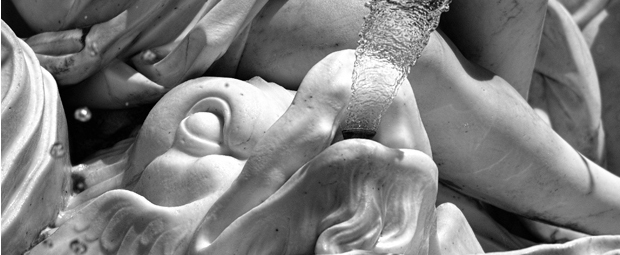
HISTORY OF THE RESTORATIONS AT VILLA BORROMEO VISCONTI LITTA
The monumental complex of Villa Borromeo Visconti Litta was bought in 1971 by the Town Council of Lainate for the price of 220 million Lire (about 115,000 €). The City Council started the first restorations and, after estimating the deteriorating conditions of the Nymph and its system of water features, he took care to bring it to the attention of the Superintendence of Architectural Heritage and Environment of Milan.
With support of the Superintendence, in the early 80s, they began the work of recovery in the Nymphaeum and after a few years the bank “Cassa di Risparmio delle Province Lombarde” sponsored the restoration of the Fountain of Galatea. At the same time the city administration of Lainate began the restoration of the buildings of the 16th and 18th century and was able to complete these operations also thanks to the financial contributions of private citizens.
In 1992 the Town Council of Lainate obtained a funding (FRISL capital) by the Lombardy Region for the complete restoration of the Nymphaeum, including the hydraulic system of waterworks, the lemon house and part of the Renaissance gardens. The inauguration of the Nymphaeum and the water games took place September 14, 1996.
In 2000 they inaugurated the palace halls of the 16th and 18th century in which frescoes have been restored and put back on the vaulted ceiling.
The restoration of the last room of the Nymphaeum ended in May 2001.
Other significant restorations:
In 2006, the restoration of the sculptural group "The Rape of Proserpina"; the operation was made possible thanks to the income from the guided tours.
In September 2007 was completed the restoration of the Great Mosaic, co-funded by the “Fondazione Banca del Monte di Lombardia”.
An important step of the restoration was completed in April 2008: the requalification of the historic park with the recovery of the hornbeam path: numerous trees were planted following the principles of restoration and preservation both in historical/philological and botanical terms.
The Music Hall was restored in 2012 thanks to the contribution of the Lombardy Region and the Cariplo Foundation.
In 2015 began the restoration of the Art Nouveau greenhouses, inside the historical park.